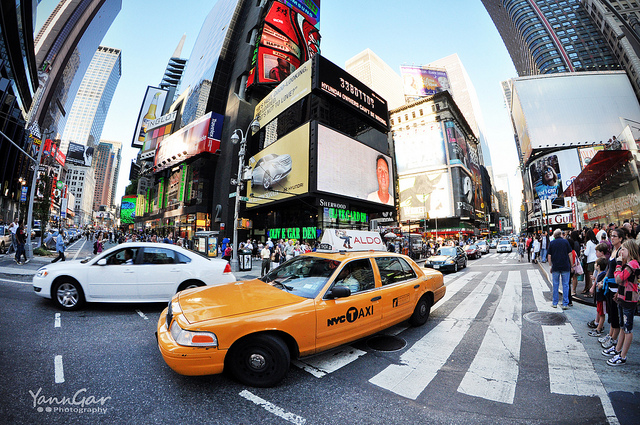I often think of consumer spending and industrial production as the yin and yang of the U.S. economy. In the years since the financial crisis, I am struck by the juxtaposition of the resilience of the consumer against the weakness on the industrial and manufacturing side of the economy.
Now, however, there are troubling signs that the consumer is coming under pressure. “Something bad is going on that we can’t explain.” This quote about the U.S. consumer was spoken to us recently by the management of a home-goods retailer. Dramatic? Yes, but not atypical of what we are hearing from other consumer companies. For example, Starbucks CEO Howard Schultz said the company has never in one quarter seen a convergence of social and political turmoil at home, weakening consumer confidence and increasing global uncertainty.
Digging into the numbers a bit, recent data don’t tell an upbeat story either. For example, half of retailers reported negative year-over-year same-store sales growth in the second quarter of 2016 .

Of course, traditional retail is facing structural challenges from e-commerce and the continuing rise of Amazon. But there’s something else going on here.
Does a flagging consumer mean the stock market can’t continue to move higher? Of course not. In fact, there are some reasons to hope that the industrial sector and a rebound in capital expenditure (CapEx) might pick up the slack from the U.S. consumer.
It is widely mentioned that consumer spending accounts for about two-thirds of the U.S. economy. However, consumer spending has contributed only 20% of the variation in GDP growth over the past five years. Meanwhile, private investment, which accounts for less than 20% of output, has contributed 52% of the variation in growth.
Yes, consumer spending is a huge part of the economy, but it might be the wrong place to focus right now. Productive capital, or spending on plant and equipment, may be a small part of the economy, but it is much more volatile than consumer spending. This makes sense intuitively. To take a simple example, consumers at the grocery store might spend slightly more on higher-priced items if they feel confident. But they won’t double their consumption of food.
CapEx is different. Companies can fairly quickly change their capital spending if their outlook changes. Because business spending is more volatile, a pickup can meaningfully swing the economy’s trajectory.
In other words, CapEx is where the real action is for the economy, and it’s been missing during the muted recovery.
There are several reasons for this.
First, in the wake of the financial crisis, investors have rewarded companies that generated free cash flow, dividends and buybacks. Investors have wanted yield and haven’t been enthusiastic about companies making expensive, long-term investments. We’ve also seen more industries with a relatively small number of large companies that have kept supply and capacity constrained, avoiding market share fights. Finally, in many industries, regulation has become a much more significant factor in recent years. That has forced companies to divert resources inwardly and raised uncertainty about the long-term outlook for their businesses.
Overall, it’s been a tough slog for the manufacturing sector. A rising U.S. dollar has hurt exports, falling oil prices have hit energy companies and auto sales have pulled back, albeit from record 2015 levels. The Institute for Supply Management’s (ISM) Purchasing Managers’ Index (PMI) has been hovering around 50, indicating flattish growth.
Overall, companies have cut back on spending and didn’t invest in new plant and equipment. Looking at the macro data such as ISM and shipping, things are soft.
But there may be reasons to hope. The November election will bring clarity and potentially policies that support growth in the industrial economy. These policies may include repatriation of a significant portion of the $2 trillion of overseas cash, reductions in the U.S. federal corporate tax rate from 35%, infrastructure spending and reduced regulation. The best-case scenario would be a virtuous circle of increased capital spending, which would boost productivity and lead to stronger economic growth.
Bottom line: A pickup of investment in productive capital is what’s needed more than debt-fueled consumer spending.
Column by Edward J. Perkin CIO at Capital Eaton Vance Management.



